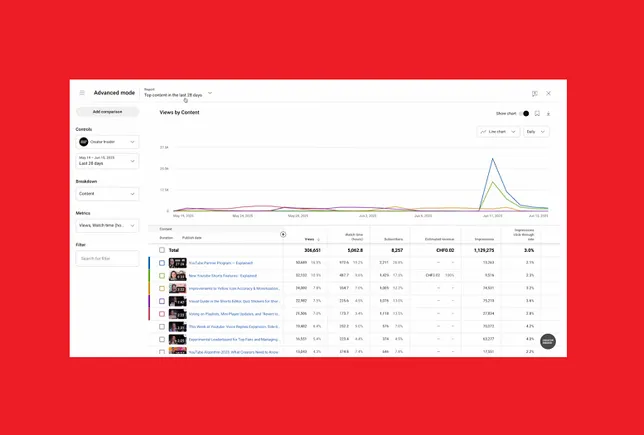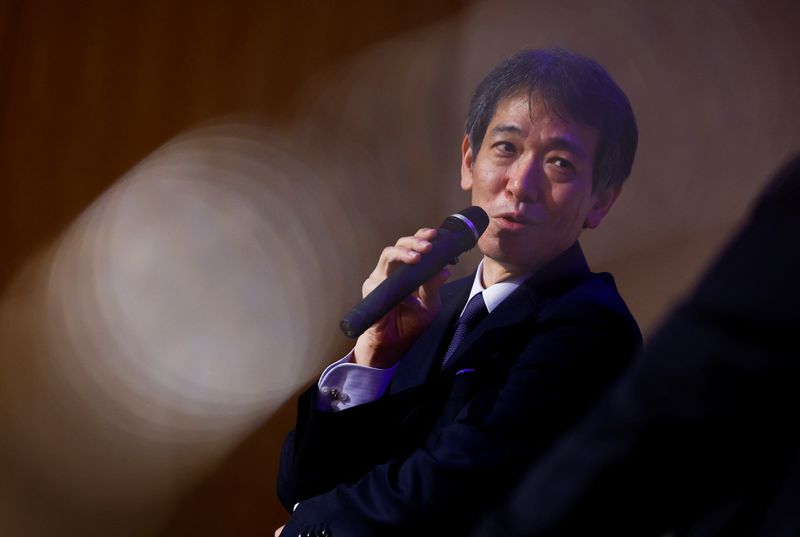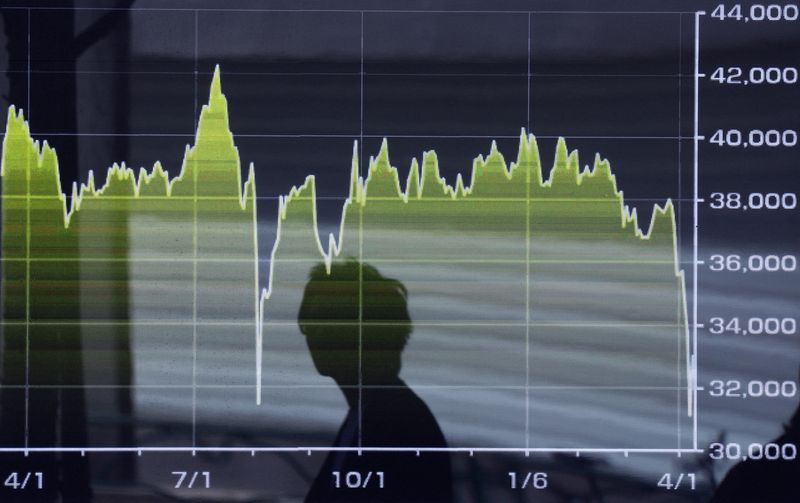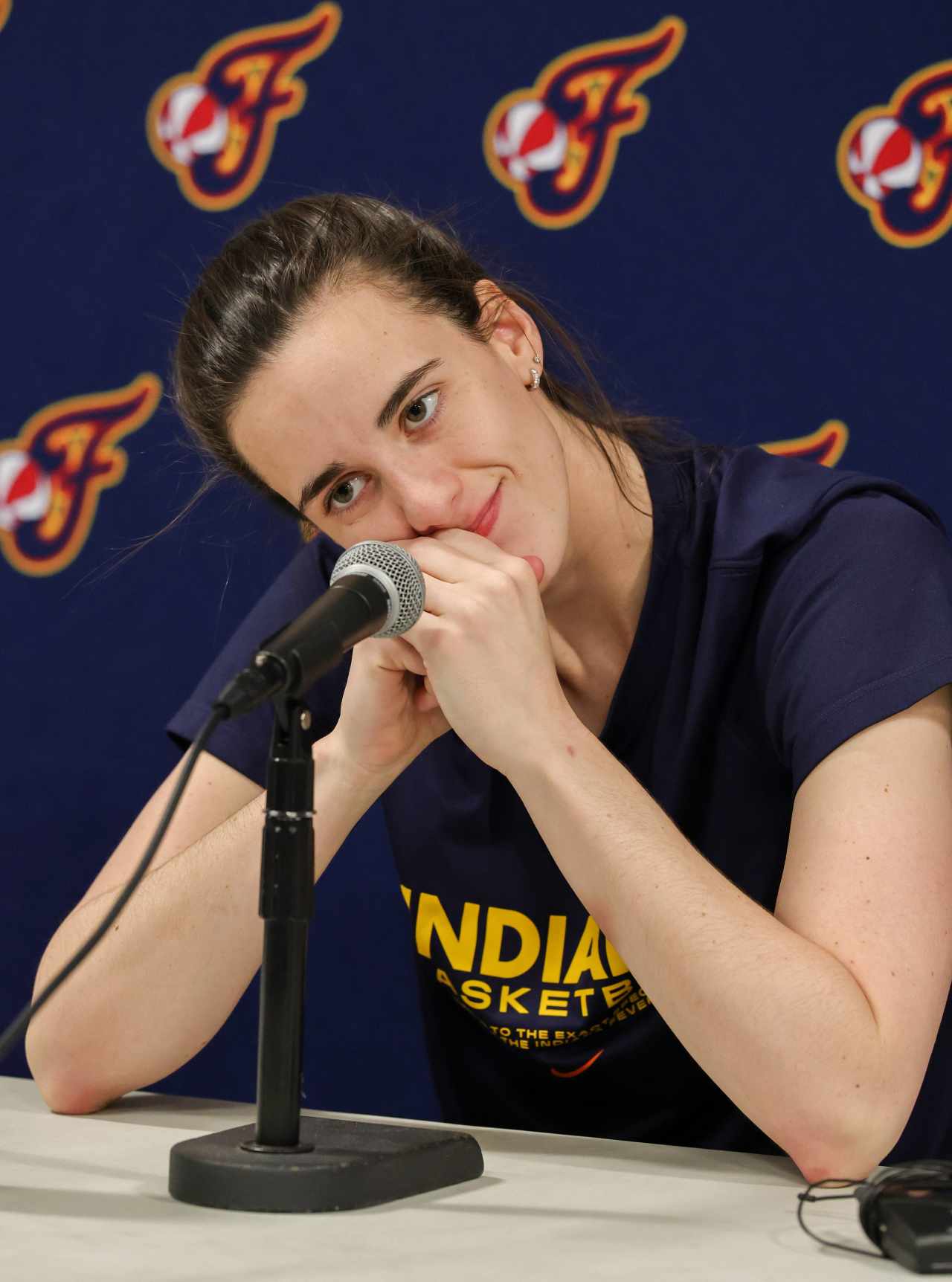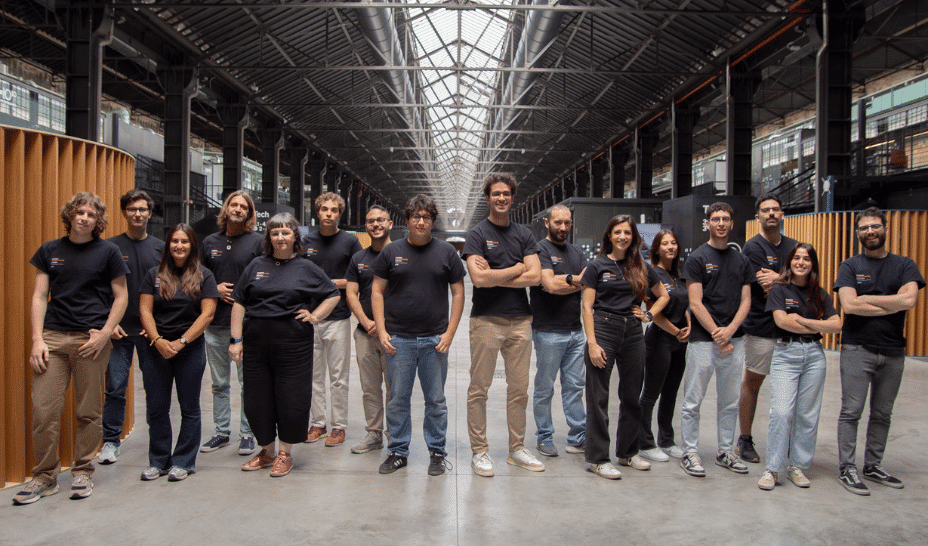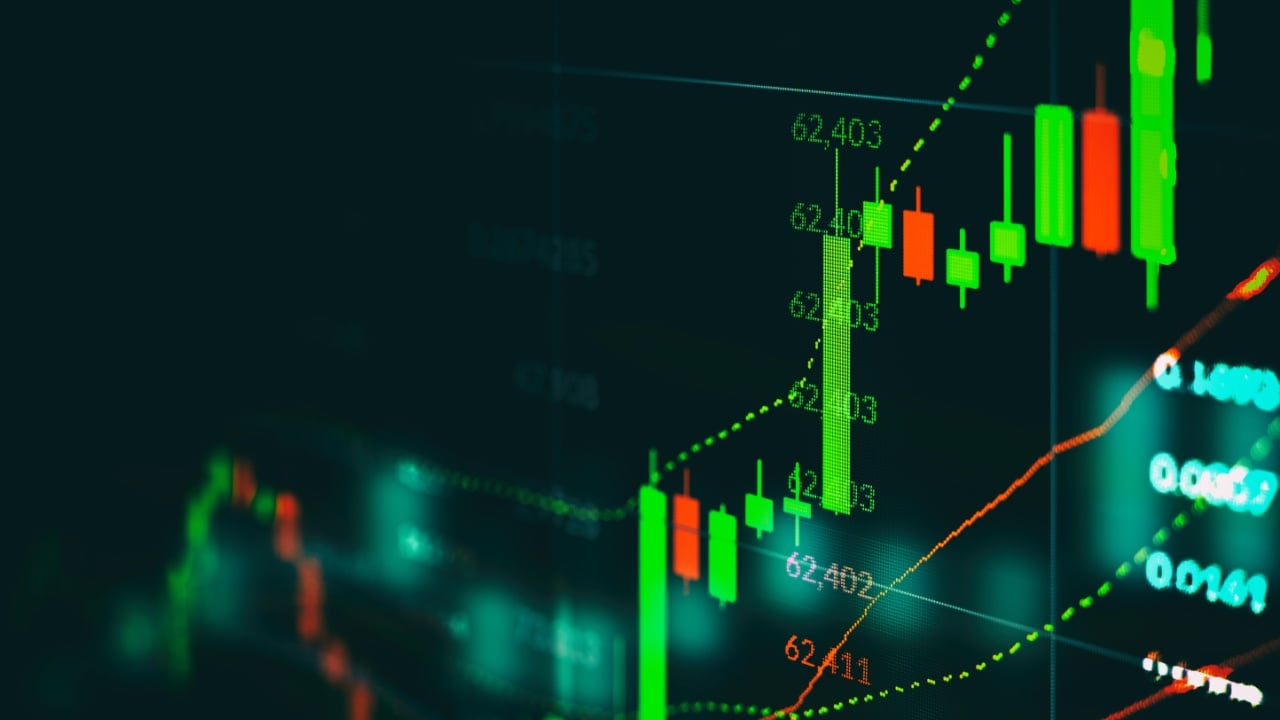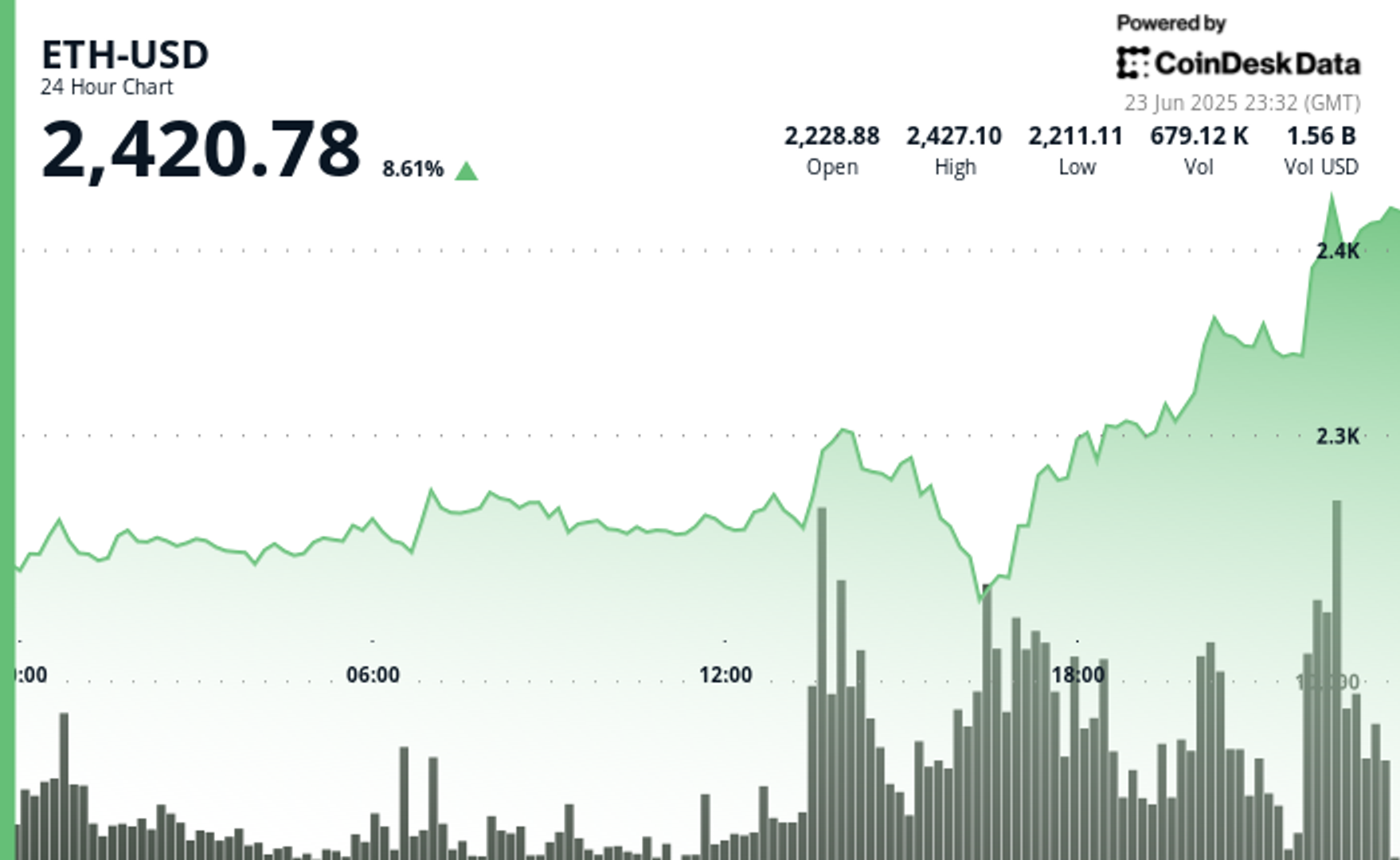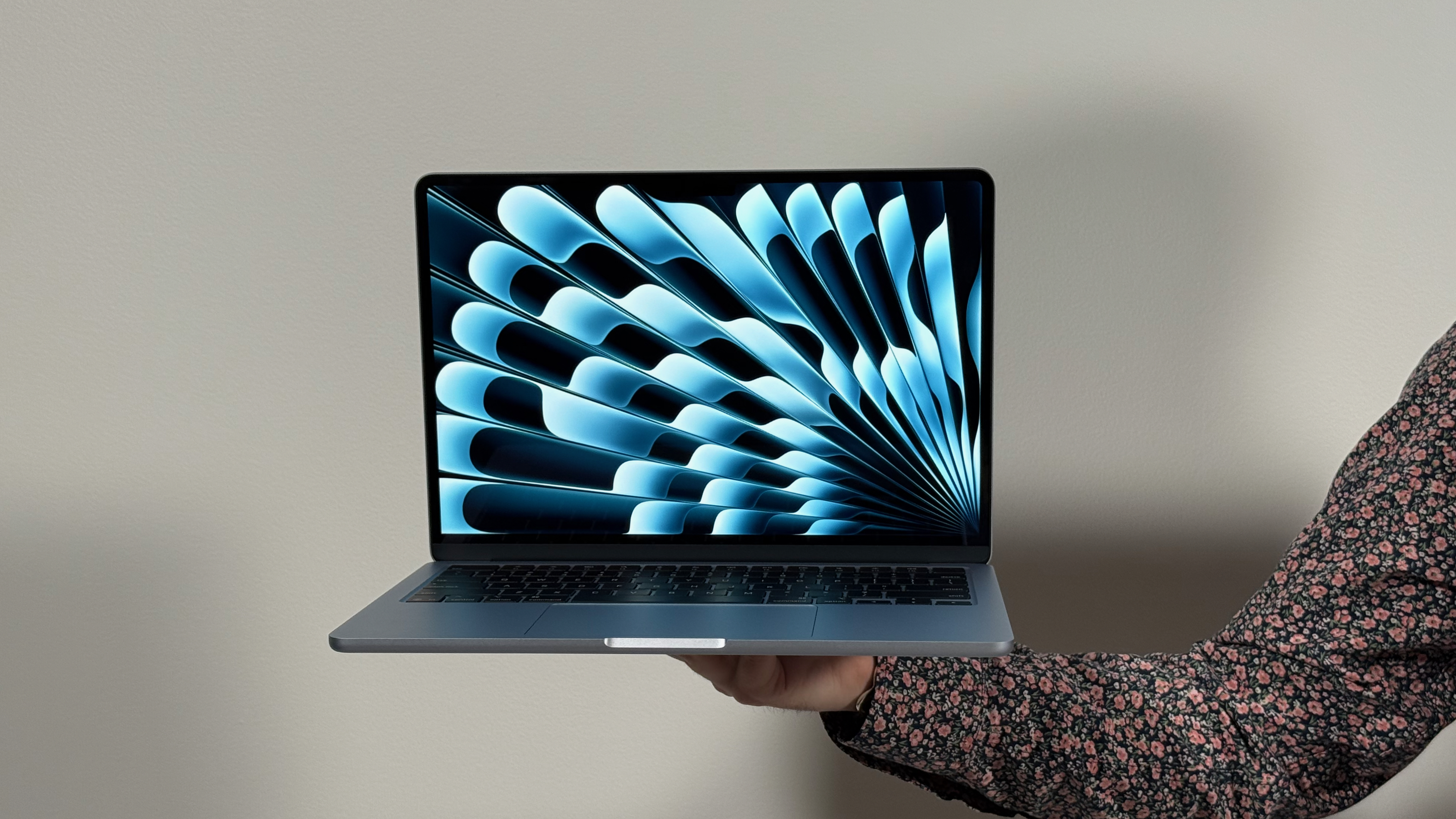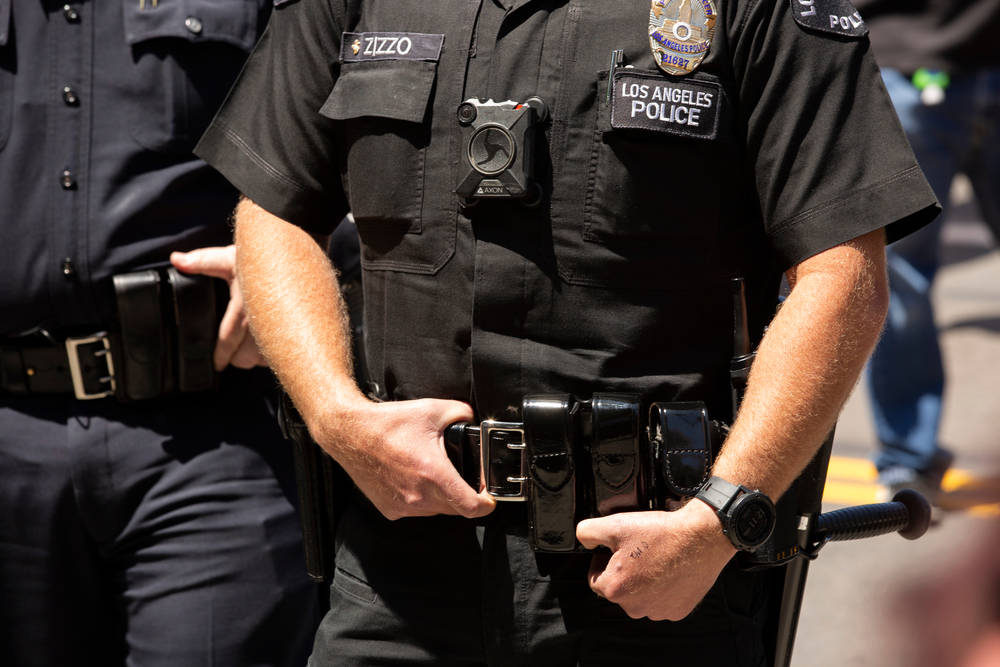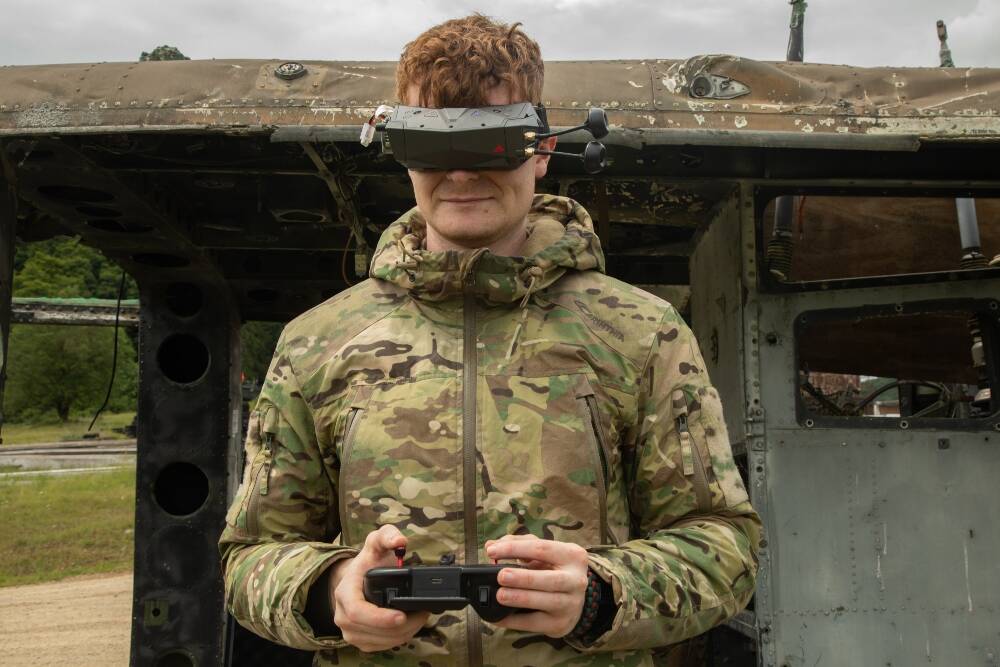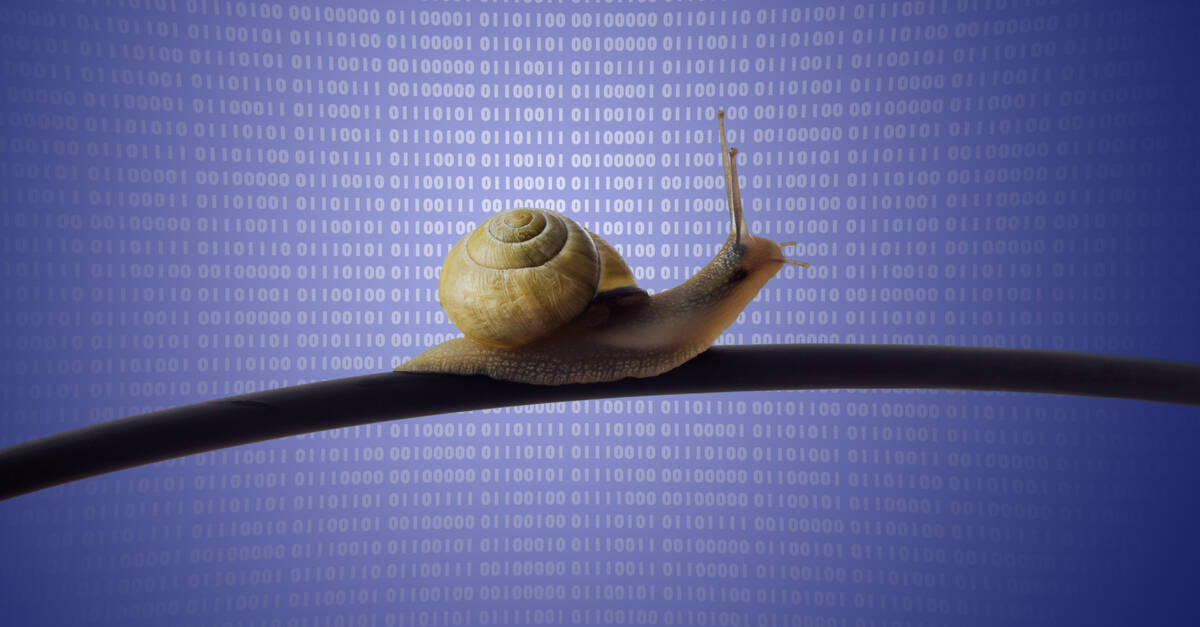Nobel Prize Winner Warns About Astronomers Using AI to Make Discoveries
A team of astronomers say they've gleaned the mysterious structures of our galaxy's supermassive black hole by training an AI model. But a pretty big name on the field is throwing a little bit of cold water on their work. Just a little bit. Reinhard Genzel, a Nobel laureate and an astrophysicist at the Max Planck Institute, expressed some skepticism regarding the team's use of AI, and the quality of the data they fed into the model. "I'm very sympathetic and interested in what they're doing," Genzel told LiveScience. "But artificial intelligence is not a miracle cure." Raging at the […]


A team of astronomers say they've gleaned the mysterious traits of our galaxy's black hole by probing it with an AI model. But a pretty big name on the field is throwing a little bit of cold water on their work. Just a little bit.
Reinhard Genzel, a Nobel laureate and an astrophysicist at the Max Planck Institute, expressed some skepticism regarding the team's use of AI, and the quality of the data they fed into the model.
"I'm very sympathetic and interested in what they're doing," Genzel told Live Science. "But artificial intelligence is not a miracle cure."
Raging at the center of the Milky Way some 26,000 light years away is Sagittarius A*, a supermassive black hole with over 4.3 million times the mass of the Sun, and an event horizon nearly 16 million miles in diameter.
Back when it wasn't clear what Sagittarius A* was other than a weird bright object in the galactic center, Genzel and fellow astrophysicist Andrea Ghez illuminated its colossal scale and eventually proved that it was a supermassive black hole, a feat that earned them both a Nobel Prize in physics in 2020.
But much of our galaxy's dark, beating heart remains a mystery, as do supermassive black holes in general. How and when do these cosmic behemoths form, and how do they gain such incredible mass? Astronomers agree that they would have to have been formed in the early universe, but the rest remains contentious.
One reason is that no star is heavy enough to directly collapse into an object of a supermassive black hole's size. True, they can grow by swallowing nearby matter, like an unfortunate star that wanders too close, or even merging with another black hole, but that doesn't explain all cases. Some are so massive that the time it'd take for them to accrete enough matter to reach their observed size would be older than the universe itself.
A breakthrough came in 2022, when astronomers revealed the first image of Sagittarius A* taken with the Event Horizon Telescope, three years after the same observatory — which is actually made up of several radio telescopes scattered across the globe — was used to stitch together humankind's first image of a black hole whatsoever.
But the image — and the data that comprised it — was fuzzy. There wasn't enough detail present to tease out the black hole's structure or behavior.
That's where this latest work, detailed in three studies published in the journal Astronomy & Astrophysics, comes in. In a nutshell, the astronomers trained a neural network on millions of synthetic simulations using discarded ETH data that was deemed too grainy to decode, largely due to the interference introduced by the Earth's atmosphere. Once the AI model cut its teeth on the synthetic data, it looked at the real observations of Sagittarius A* and produced a much clearer image.
"It is very difficult to deal with data from the Event Horizon Telescope," coauthor of the main study Michael Janssen, an astrophysicist at Radboud University in the Netherlands, told Live Science. "A neural network is ideally suited to solve this problem."
The AI-enhancement suggested that the supermassive black hole is rotating somewhere between 80 to 90 percent of its maximum possible velocity, which is blindingly fast, as these objects can spin at a significant fraction of the speed of light. Its rotation axis, in fact, appears to be pointing towards the Earth. The AI model also revealed that the black hole's emissions are coming from its accretion disk — the glowing disc of hot matter swirling just outside its event horizon — and not an energetic outburst called a jet that's produced by the black hole's absurdly powerful magnetic fields.
Genzel isn't totally sold on these findings. The renowned astrophysicist told Live Science that the poor quality of the data fed into the model could have biased it in unexpected ways. As a result, what we're seeing could be heavily distorted, and shouldn't be taken at face value, he said.
That isn't to say we should write off "AI" — a buzzword whose meaning has been diluted by tech companies shoving their unfinished products into every facet of modern life — being used in astronomy.
With the number of telescopes now in operation, it's impossible for humans to sift through all the data they collect manually. The European Space Agency's monumental Gaia survey, for example, has cataloged over two billion stars and counting. AI is already being used to classify cosmic objects. But it's worth being cautious about its application in the field all the same, since scientists aren't immune to hype, either.
Jannsen, for his part, seems well aware that his team's AI findings are far from definitive, but is sticking to his guns.
"That we are defying the prevailing theory is of course exciting," Janssen said in a statement. "However, I see our AI and machine learning approach primarily as a first step. Next, we will improve and extend the associated models and simulations."
More on space: Long-Dead NASA Satellite Suddenly Lets Out Epic Blast of Energy
The post Nobel Prize Winner Warns About Astronomers Using AI to Make Discoveries appeared first on Futurism.


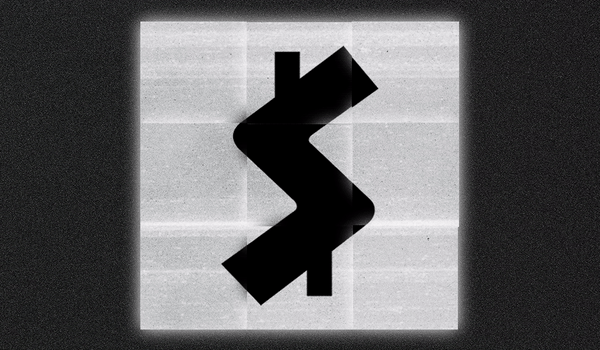


![How Social Platforms Measure Video Views [Infographic]](https://imgproxy.divecdn.com/AncxHXS242CT-kDlEkGZi7uQ2k70-ebTAh7Lm14QKb8/g:ce/rs:fit:770:435/Z3M6Ly9kaXZlc2l0ZS1zdG9yYWdlL2RpdmVpbWFnZS9ob3dfcGxhdGZvcm1zX21lYXN1cmVfdmlld3MucG5n.webp)

